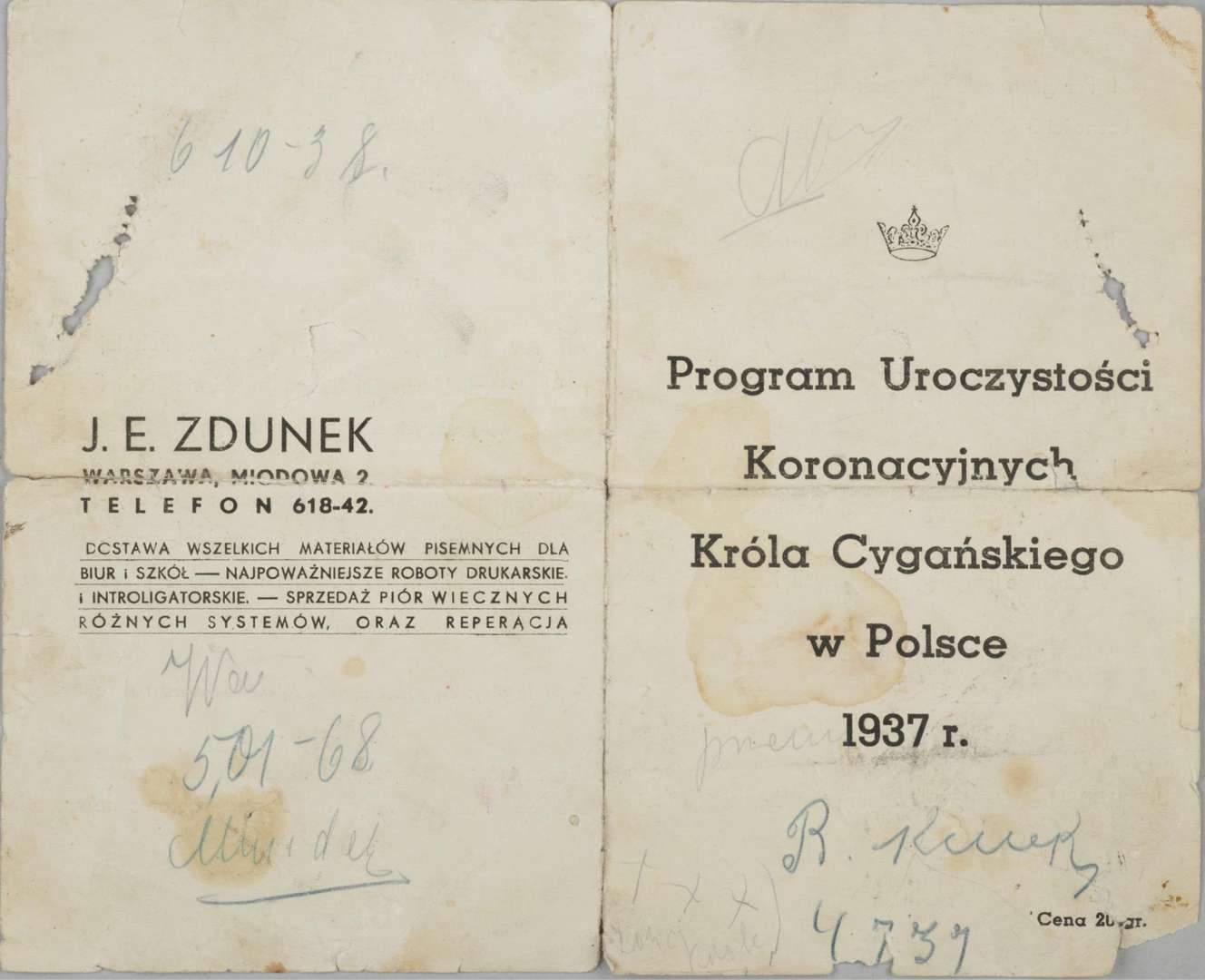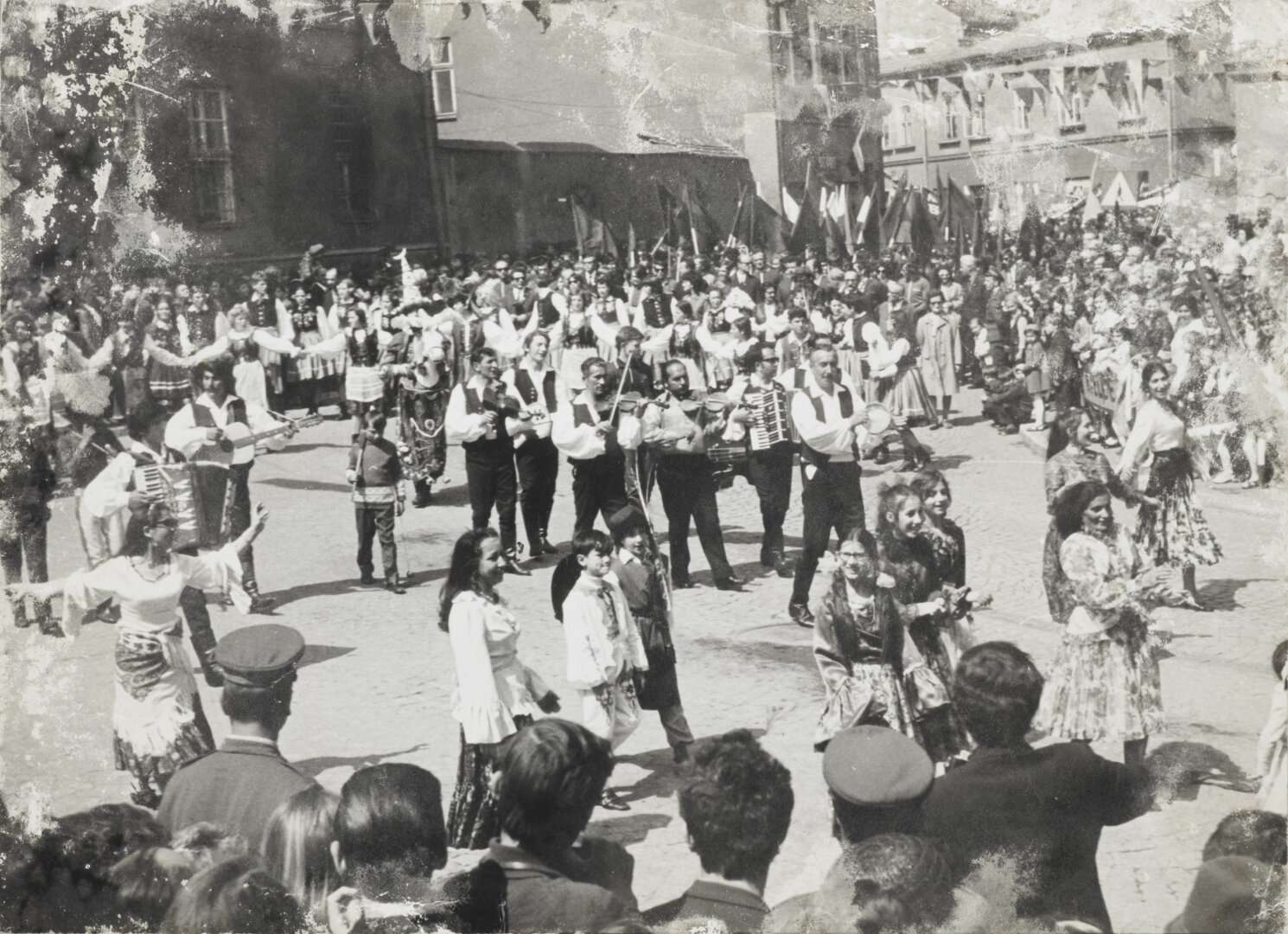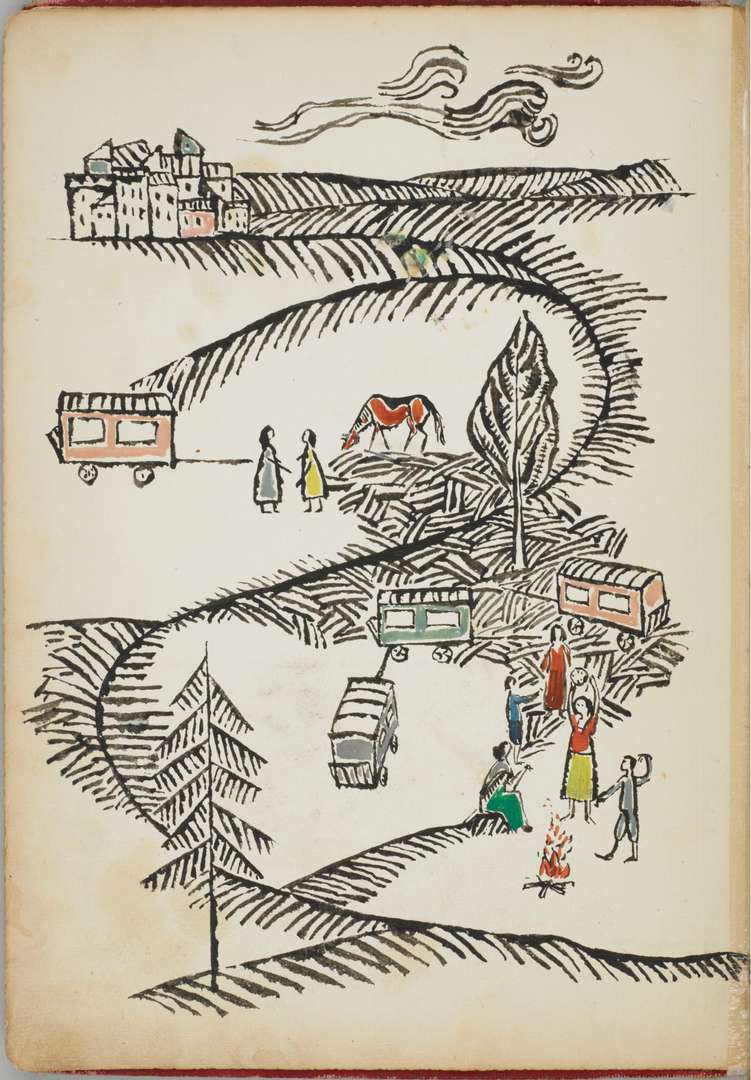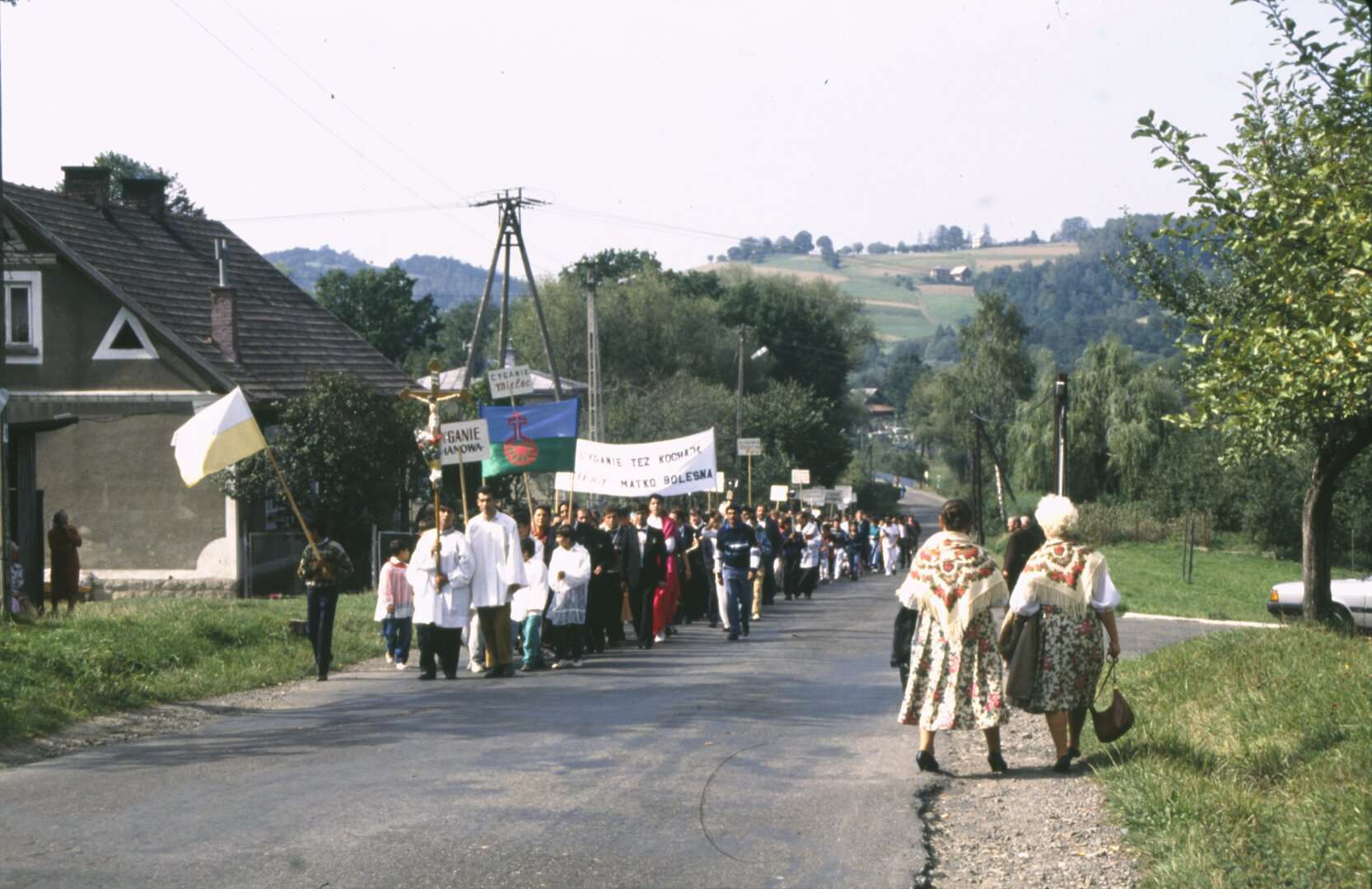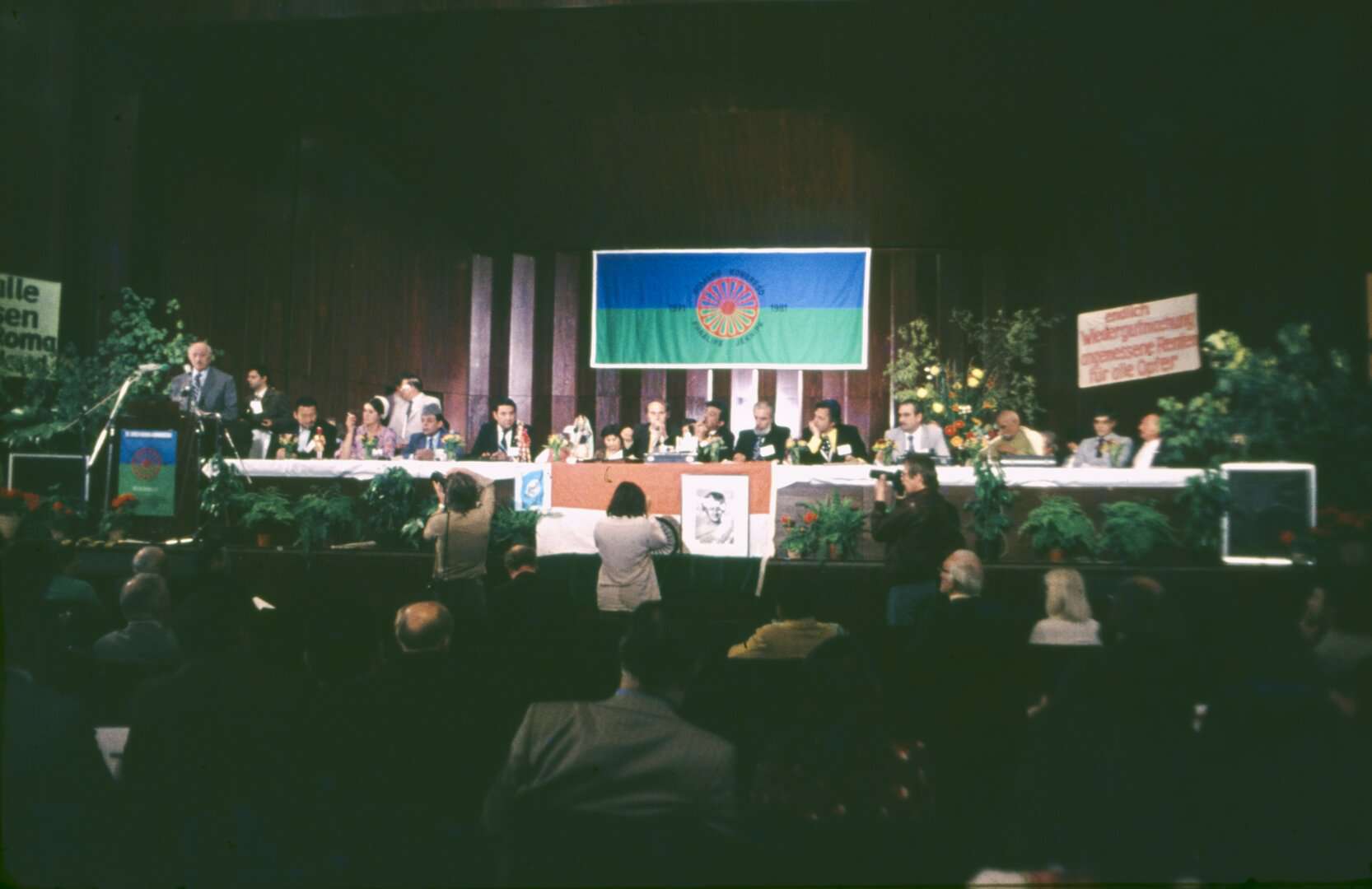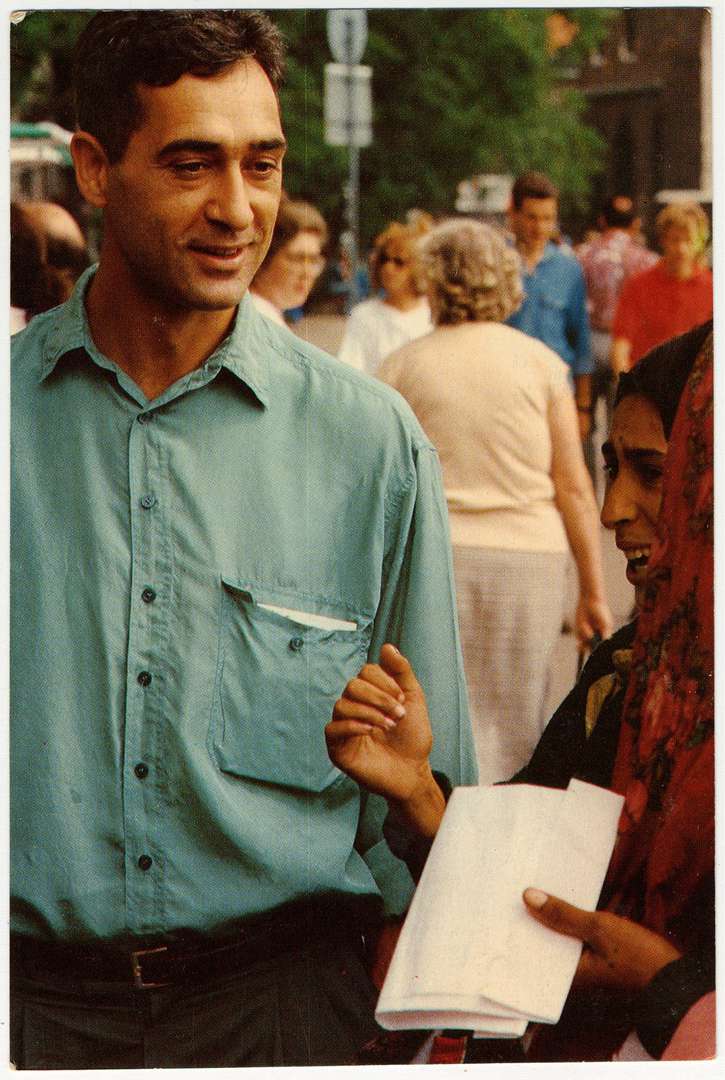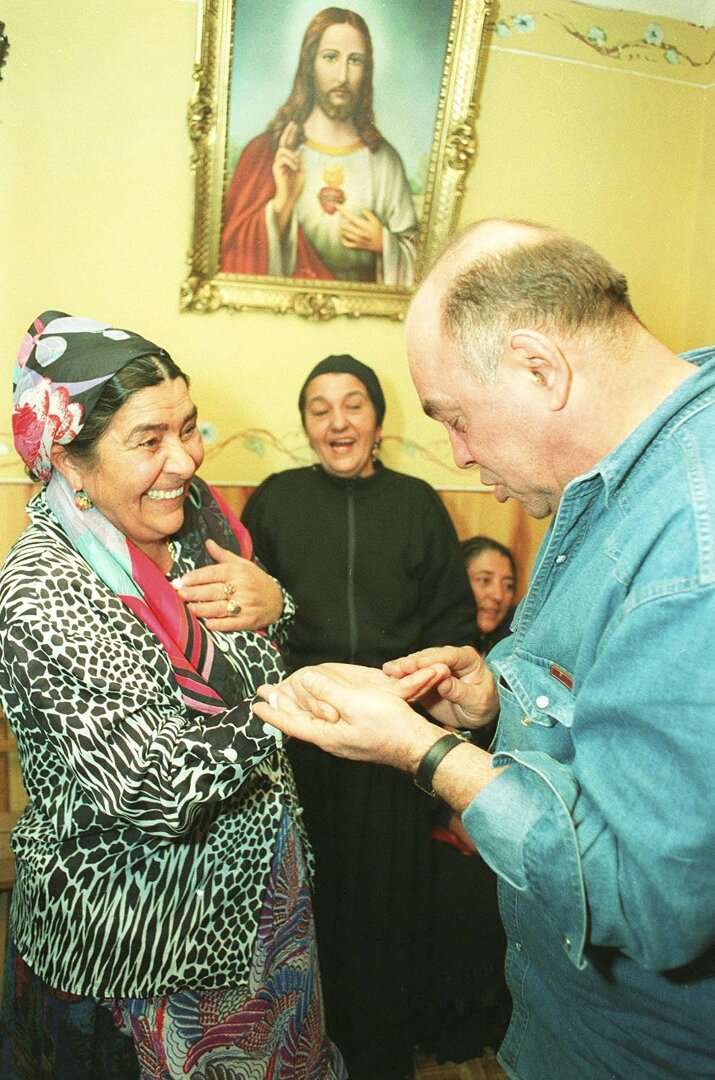Introduction
Roma in Poland have the status of a recognized ethnic minority. During the 2011 census,1 16,723 Polish citizens self-identified as members of the Roma ethnic minority; however, according to unofficial estimates, there are around 25,000 Roma persons.2 Broadly speaking, there are five Roma groups in Poland: Polska Roma, Carpathian or Bergitka Roma, Kalderash, Lovari, and Sinti.
Polska Roma and Bergitka Roma, two of the largest Roma groups, have, over the years, played the most significant role in building Romani civic awareness. Until the 1960s, Roma existed in the social and political space as objects of the country’s various compulsory, and restrictive policies. Currently, the Roma movement in Poland is undergoing constant development; Roma elites are organized, consciously and consistently negotiating the conditions of common life and cooperation.
Nonetheless, the development of Roma culture, the rise of a Roma intelligentsia and the slow progress of Roma inclusion in Polish society, have been accompanied by negative socio-economic processes of social exclusion and marginalization, stereotyping and increasing prejudice. These, as well as increasing acts of aggression towards Roma and incidences of hate speech, have characterised recent decades. The Roma community is in the most vulnerable position, of all of the ethnic and national minorities that live in modern Poland. These problems are, however, being tackled primarily by Roma leaders and activists.




